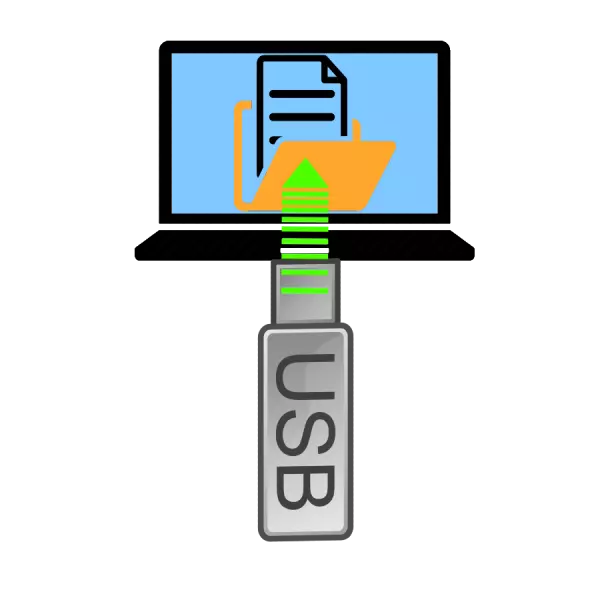
Flash drives are now the main means for transferring and storing information ahead of the previously popular optical discs and external hard drives. Some users, however, have problems viewing the contents of USB carriers, in particular, on laptops. Our today's material is designed to help such users.
Ways to view the contents of flash drives
First of all, we note that the procedure for opening a Flash drive to further view the files on it is the same for both laptops and stationary PCs. There are 2 options to view the data recorded on the USB flash drive: using third-party file managers and Windows system tools.Method 1: Total Commander
One of the most popular file managers for Windows, of course, has all the necessary functionality to work with flash drives.
- Run Thotal Commander. Above each of the operating panels is a block in which the buttons with images of available drives are indicated. Flash drives are displayed in it with an appropriate icon.
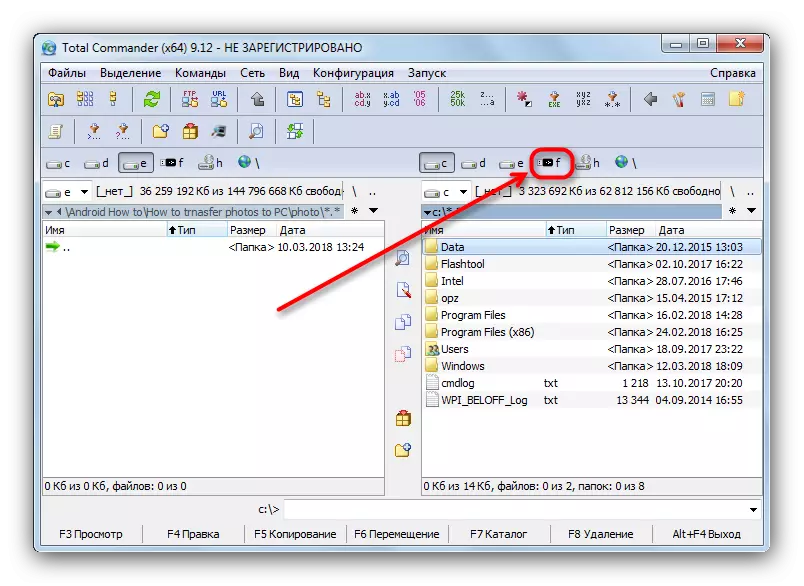
Click on the desired button to open your media.
Alternative option - select a USB drive in the drop-down list, located on the left above the working panel.
- The contents of the flash drive will be available for viewing and diverse manipulations.
- Run the program. Press the ALT + F1 key combination to open the disk selection menu in the left pane (for the right panel, the combination will be Alt + F2).
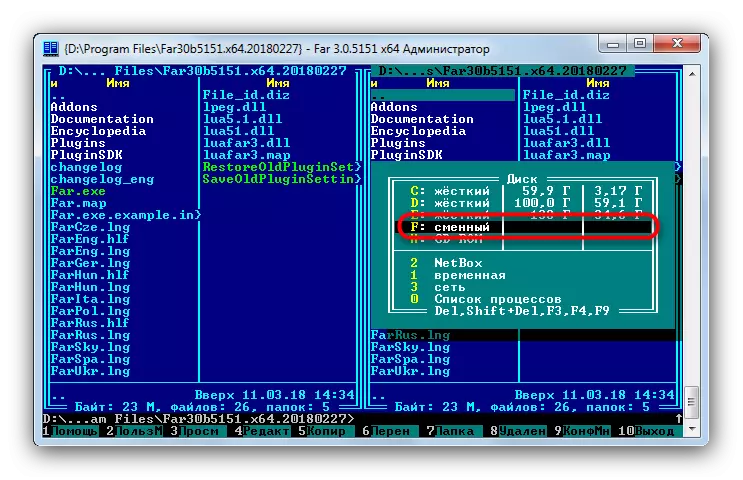
Using the arrows or mouse, find your USB flash drive in it (such media are designated as "* Disc letter *: replaceable"). Alas, but no differentiation of flash drives and external hard drives in the headlight manager, so it remains only to try everything in order.
- After selecting the desired media, double-click on its name or press ENTER. A list of files contained on the flash drive opens.
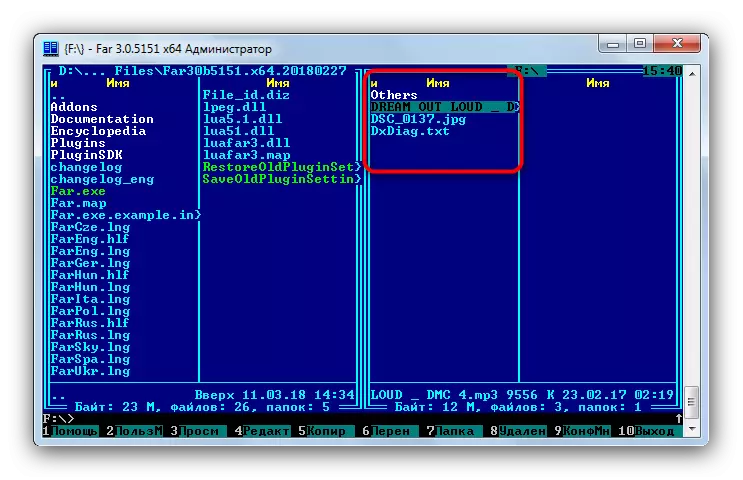
As in the case of Total Commander, files can be opened, modify, move, or copy to other storage media.
- If your autorun is allowed in the system, then the corresponding window will appear when the flash drive is connected to the laptop.
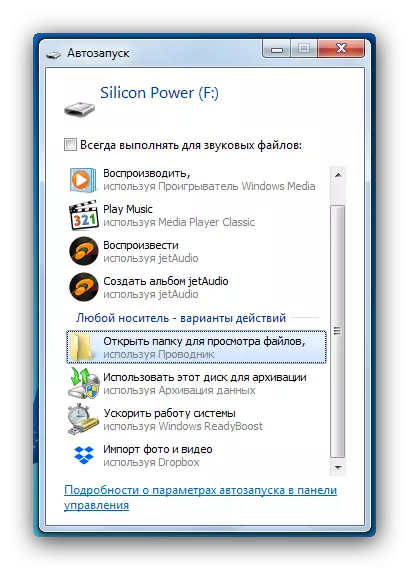
You should click "Open folder to view files".
If the autorun is prohibited, click "Start" and right-click on the "My Computer" item (otherwise "Computer", "This computer").
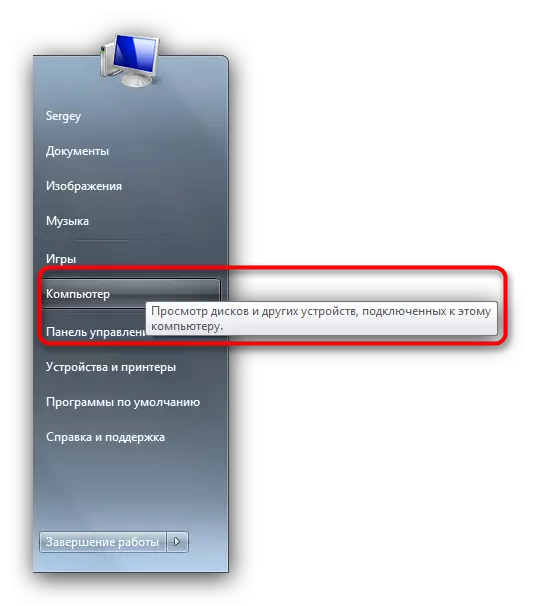
In the window with displayed drives, pay attention to the "device with removable carriers" block - it is in it that is your flash drive, indicated by the corresponding icon.
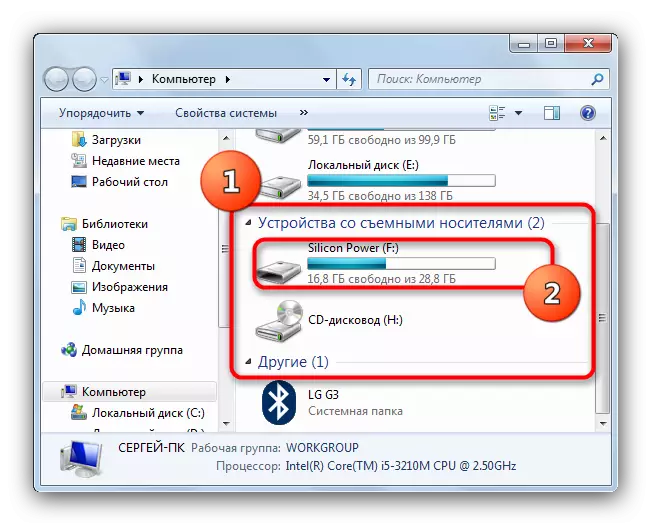
Double-click on it to open media for viewing.
- The USB flash drive opens as a regular folder in the "Explorer" window. The contents of the drive can be viewed or carrying out any available actions.
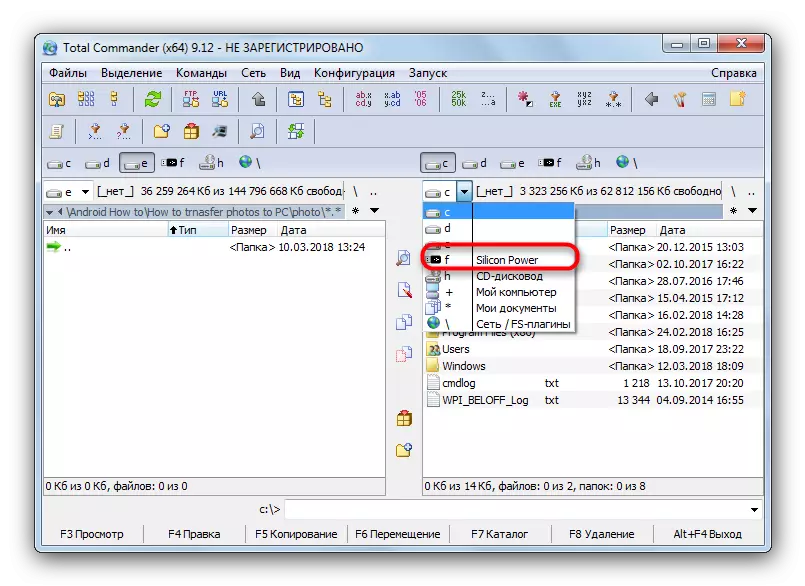
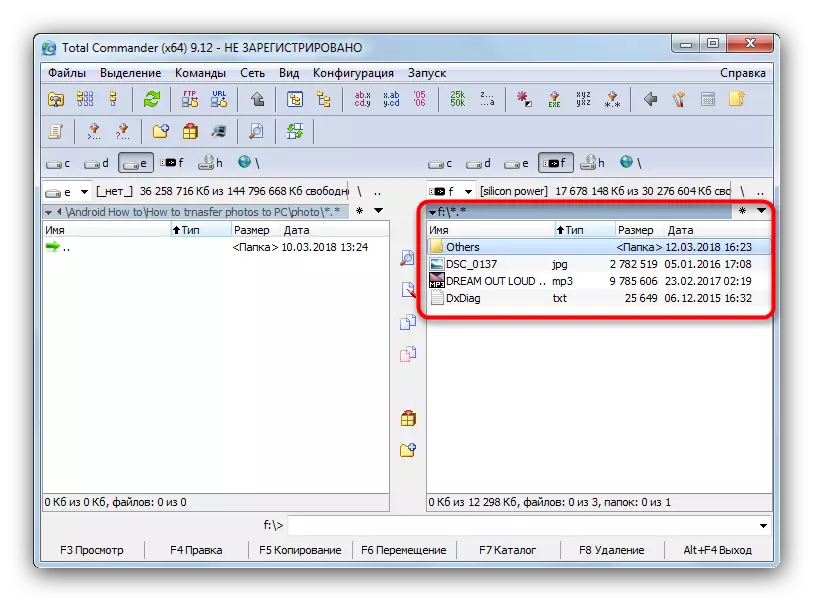
As you can see, nothing complicated - the procedure takes only a few clicks with mouse.
Method 2: Far Manager
Another third-party "conductor", this time from the creator of the archiver WinRar Evgeny Roshala. Despite several archaic views, it is well suited to work with removable drives.
In this method, there are also no difficulties other than the unusual modern interface user.
Method 3: Windows system tools
On Microsoft operating systems, official support for flash drives appeared even in Windows XP (on previous versions it is necessary to additionally install updates and drivers). Consequently, on topical Windows (7, 8 and 10) there is everything you need to open and view flash drives.
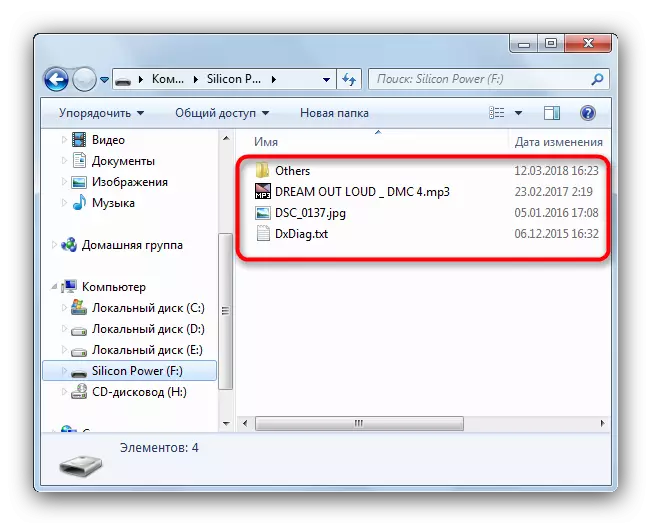
This method will suit users who are accustomed to the standard "conductor" windows and do not want to install additional software on their laptops.
Possible problems and methods to eliminate them
Sometimes when you connect a flash drive or attempts to open it for viewing, different kinds of failures occur. Let's consider the most common of them.
- The flash drive is not recognized by the laptop
The most common problem. It is considered in detail in the relevant article, so we will not stop in detail on it.
Read more: manual in case the computer does not see a flash drive
- When connected, a message appears with an error "Invalidly specified folder name"
Nead, but unpleasant problem. Its appearance can be caused by both a software failure and hardware fault. Check out the article below to find out the details.
Lesson: Eliminate the error "Invalidly specified folder name" when connecting a flash drive
- Connected flash drive requires formatting
Probably, during the previous use, you removed the flash drive incorrectly, because of which its file system was faced. Anyway, format the drive will have to, however, it is possible to pull out at least part of the files.
Read more: How to save files if the flash drive does not open and asks to format
- The drive is connected correctly, but inside empty, although there must be files
Such a problem also arises for several reasons. Most likely, the USB carrier is infected with a virus, but do not worry, the way to return your data is.
Read more: What to do if the files on the flash drive are not visible
- Instead of files on flash drive labels
This is definitely the work of the virus. It is not too dangerous for the computer, but still it is able to label. Musture yourself and return the files yet without much difficulty.
Lesson: Correct Labels instead of files and folders on a flash drive
Summing up, we note that, subject to the use of safe removal of drives after working with them, the likelihood of any problems is striving for zero.
